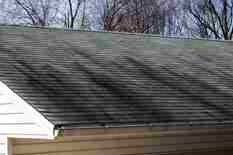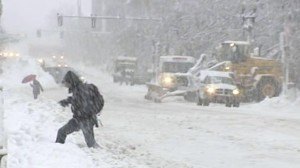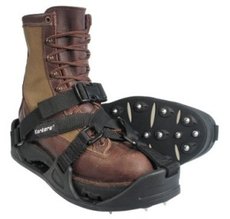Roof Damage Prevention and Solution Against Algae
Dark stains on the roofs, particular on asphalt shingles, are normally caused by algae growth. These are generally found in hot and humid places. While they do not affect the structural integrity of the home and roof damage can only be minimal, these black streaks are not pleasing to look at. If you are planning to sell your house, the stains do not help to notch up the price.
If you have algae problem on your roofs, there are simple solutions to remove the dark stains and prevent the recurrence of algae growth on your roofs.
Removing Existing Algae from the Roof
1. Safety Precautions. Before starting work, make sure that you are properly equipped for the task. Wear shoes with good traction to keep from slipping on the roof. Observe caution when working on steep-angled roofs and protect your eyes and exposed skin from harmful chemicals.
2. Clean with Bleach and Chemicals. Cleaning removes algae on the roof. To prevent algae from recurring, follow periodic cleaning schedule using water mixed with equal amount of bleach. Special products specifically created to remove algae from roofs, including asphalt shingles, are also very effective. Be conservative though in the usage of harsh chemicals that could damage the roof when used repeatedly. Cleaning on a cloudy day is preferable because cleaning fluids could evaporate quickly on hot and sunny days.
3. Replace the Roof. You can replace your roof with new materials if the old ones are already damaged or worn out and need replacement. This will effectively remove algae from the roof but it could prove costly since you will be replacing the entire roof.
Preventing the Formation of Algae
1. Copper Granules. Manufacturers of roofing materials now include copper granules in the manufacture of roofing products. Asphalt shingles with copper contents are available. The resulting shingles are resistant to algae and are marketed by manufacturers as such. Use this type of shingle if you reside in an area with known algae infestation.
2. Copper and Zinc. These two metals are toxic to algae. To prevent algae formation, you can install zinc or copper metal sheets on both sides of the roof just below the ridge. Galvanized metal sheets are more economical than copper but work just as well. Rains will wash down some of the copper or zinc metal on the roof, which kills the algae it comes in contact with. Zinc metal strips specially made to prevent algae are also available.



